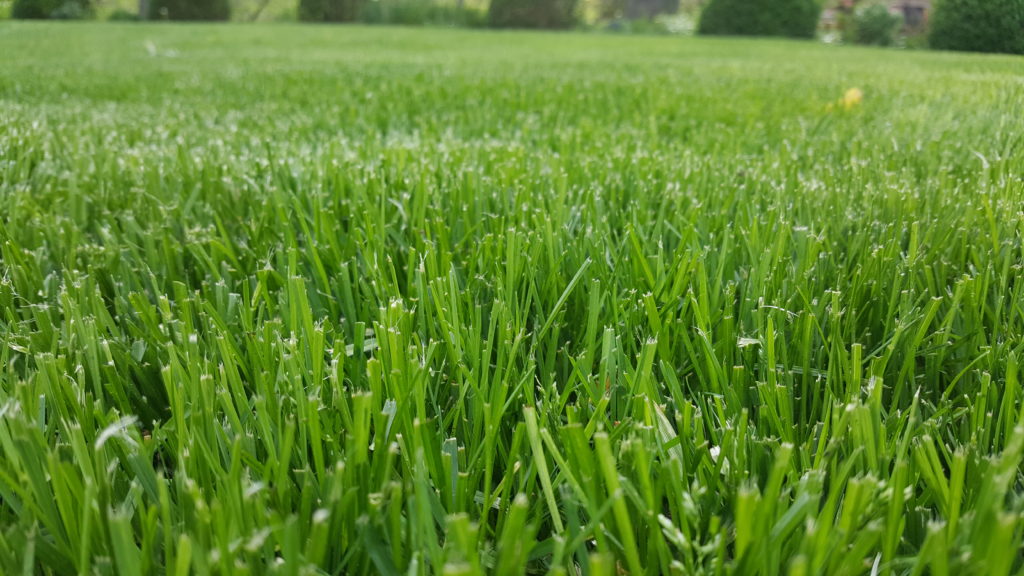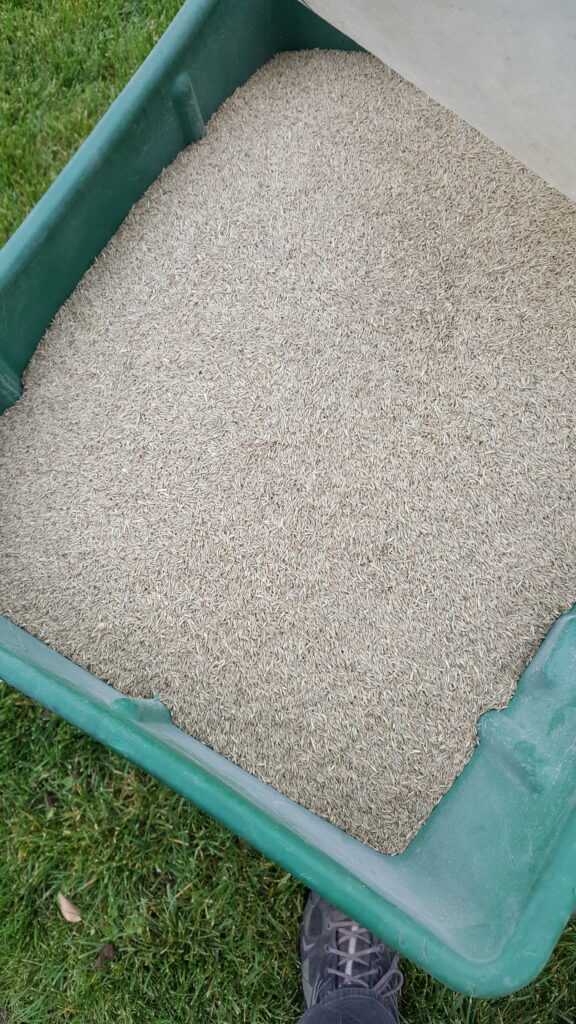Climate change is one of the most pressing issues of our time, and it is becoming increasingly clear that traditional approaches to agriculture, land, and lawn management are not enough to address the problem. However, by embracing regenerative principles, it is possible to restore all properties, large and small, back into active carbon sinks, thus reducing their impact on the climate.
In this three-part series, we will explore ten key points that demonstrate how regenerative practices can mitigate the effects of climate change. These include:
- Utilizing plants to draw down carbon through photosynthesis
- Increasing organic matter in the soil to improve soil aggregation and infiltration
- Recharging aquifers through improved water management
- Utilizing biology to restore the need biology within the soil
- Keeping rain and snowmelt from accumulating and causing flooding
- Reducing the use of fossil fuels through regenerative practices
- Improving air and water quality through regenerative land management
- Enhancing biodiversity through regenerative practices
- Improving the resilience of ecosystems to climate change
- Acting locally to impact globally through regenerative practices
Part 2: The Role of Photosynthesis in Mitigating Climate Change
One of the key ways in which regenerative practices can reduce the impact of climate change is through the process of photosynthesis. This is the process by which plants convert light energy from the sun into chemical energy, which is then used to produce carbohydrates, such as sugars and starches.
During photosynthesis, plants also absorb carbon dioxide (CO2) from the air and convert it into organic compounds, such as cellulose and lignin. This process is known as carbon sequestration and is a key way in which plants can help to mitigate the effects of climate change.
Regenerative agriculture, land and lawn management practices prioritize the use of diverse plant species, which increases the ability for photosynthesis to occur. This leads to an increase in organic matter in the soil, which improves soil structure and promotes the growth of beneficial microorganisms. These microorganisms then help to improve the overall health and resilience of the ecosystem.
When these practices are combined, they lead to a natural increase in carbon sequestration, which in turn leads to a reduction in the amount of CO2 in the atmosphere and a decrease in the effects of climate change.

Part three: Unlocking the Secrets of Reducing Climate Impacts through Regenerative Ag, Land, and Lawn Management, we will delve into the specific practices and techniques that can be employed to restore and enhance the natural processes that draw down carbon from the atmosphere and sequester it in the soil.
One key practice is the use of regenerative agriculture, which emphasizes building soil health through the use of cover crops, crop rotation, and minimal tillage. By promoting a diverse array of plants and microorganisms in the soil, regenerative agriculture can increase the ability of the soil to sequester carbon and improve water retention and infiltration.
Another important technique is the use of compost and other organic matter to boost the biological activity in the soil. The use of Johnson Su Compost Extracts, and LAB serum, are products containing beneficial diverse biology, can also play a role in promoting soil health and enhancing the ability of the soil to sequester carbon.
The use of regenerative land and lawn management is also crucial. This can include techniques such as reducing or eliminating the use of synthetic fertilizers and pesticides, and instead using organic methods such as Johnson Su extracts and LAB serum to promote soil health. Additionally, promoting biodiversity through the use of native plants, and reducing or eliminating the use of irrigation can also play an important role in reducing the carbon footprint.
Ultimately, the key to reducing the impact of climate change through regenerative practices is to work with nature, rather than against it. By embracing the natural processes that draw down carbon from the atmosphere and sequester it in the soil, we can create a more resilient, sustainable, and livable planet for all.
Tying it all together: Planting the Seed

In part one, we discussed the importance of understanding the major factors that contribute to climate change, including population growth, natural variables, and human activities such as industry and transportation. In part two, we delved into the role of plants in mitigating climate change through photosynthesis and the importance of regenerative practices in land and lawn management.
In part three, we explored the practical steps that can be taken to implement regenerative practices in agriculture, land, and lawn management. To add to part three one of the key elements in achieving success with regenerative practices is to start with the seed. By coating the seed with a mixture of Johnson Su compost extract and LAB serum, we can provide the seed with the necessary biological diversity to kickstart the rhizophagy cycle, quorum sensing, and other beneficial processes in the soil. Using a seed coating not only helps to protect the seed from pathogens and pests but also provides it with the necessary nutrients, microorganisms, and other beneficial compounds to support its growth and development. Additionally, by incorporating an infurrow extract of Johnson Su compost and LAB serum, we can further enhance the soil’s biology and promote the growth of beneficial biology for season long support.